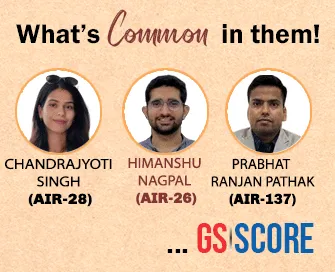

17th June 2025 (10 Topics)
Context
Prime Minister Narendra Modi’s participation in the 2025 G7 Summit in Canada comes at a time when the grouping faces profound internal divergences over trade, defence, climate, and geopolitical crises. India’s presence offers an opportunity to recalibrate its multi-alignment strategy amid a reshaping global order.
India at G7: Engaging a Fragmented West Amid Multipolar Realignments
Evolving Nature of the G7 and Its Internal Contradictions
- G7's Fragmentation Across Policy Arenas: Once a symbol of unity among Western democracies, the G7 is now marked by stark internal rifts over trade, defence spending, climate policy, and regional security. Differences have sharpened particularly over issues like US tariffs, NATO obligations, and Middle East diplomacy.
- Trump’s Return and Challenge to Multilateralism: Donald Trump’s resurgence has revived American unilateralism, disrupting transatlantic ties. His demands—such as a 5% GDP military expenditure threshold—are viewed as excessive by most G7 members, reflecting deepening rifts in strategic priorities and norms.
- Abandonment of Joint Communiqué Tradition: Canadian PM Mark Carney opted against issuing a joint communiqué, signalling the absence of consensus among member states. This breaks from G7 convention and underscores the challenges facing collective Western policymaking in an increasingly multipolar world.
India’s Strategic Engagement with a Divided West
- Opportunity for Strategic Assessment: Modi’s G7 presence provides India with a vantage point to observe intra-Western contradictions and calibrate its own diplomatic alignments. It allows India to strengthen bilateral ties without getting entangled in collective Western disagreements.
- Historical Context of Western Rivalries: Contrary to perceptions of a monolithic West, intra-Western competition has been a historical constant — from colonial rivalries to disputes during and after the Cold War. India's current multi-alignment echoes earlier strategic engagements with both Western and non-Western powers.
- India’s Multi-Alignment and Strategic Duality
While Delhi worked with Russia and China to promote multipolarity, it simultaneously deepened its economic and technological cooperation with Western powers. This flexible, interest-based diplomacy underpins India’s rising global stature in a divided international order.
Implications for Indian Foreign Policy and Global Positioning
- Managing Tactical Irritants Like Khalistan Protests: While Khalistani protests and statements about Kashmir may attract media attention, they are peripheral in the larger strategic context. Modi’s focus is expected to remain on high-level diplomacy and repositioning India in global governance conversations.
- Need to Rebuild Trust with Canada and G7 Members: Strained ties with Canada over diaspora issues should not distract from larger economic and diplomatic imperatives. India must balance principled positions with pragmatic engagement to prevent long-term diplomatic isolation within the G7 ecosystem.
- Enhancing India's Role in a New Global Architecture: India must use the G7 platform to advocate its vision for a multipolar, rules-based order. Active engagement in domains like climate policy, digital governance, and global trade can position India as a stabilising force amid Western divisions.
Practice Question:
Q. Discuss the strategic significance of India’s participation in G7 summits in the context of rising intra-Western contradictions. How can India leverage such platforms to further its multi-alignment strategy and global aspirations?
More Articles


